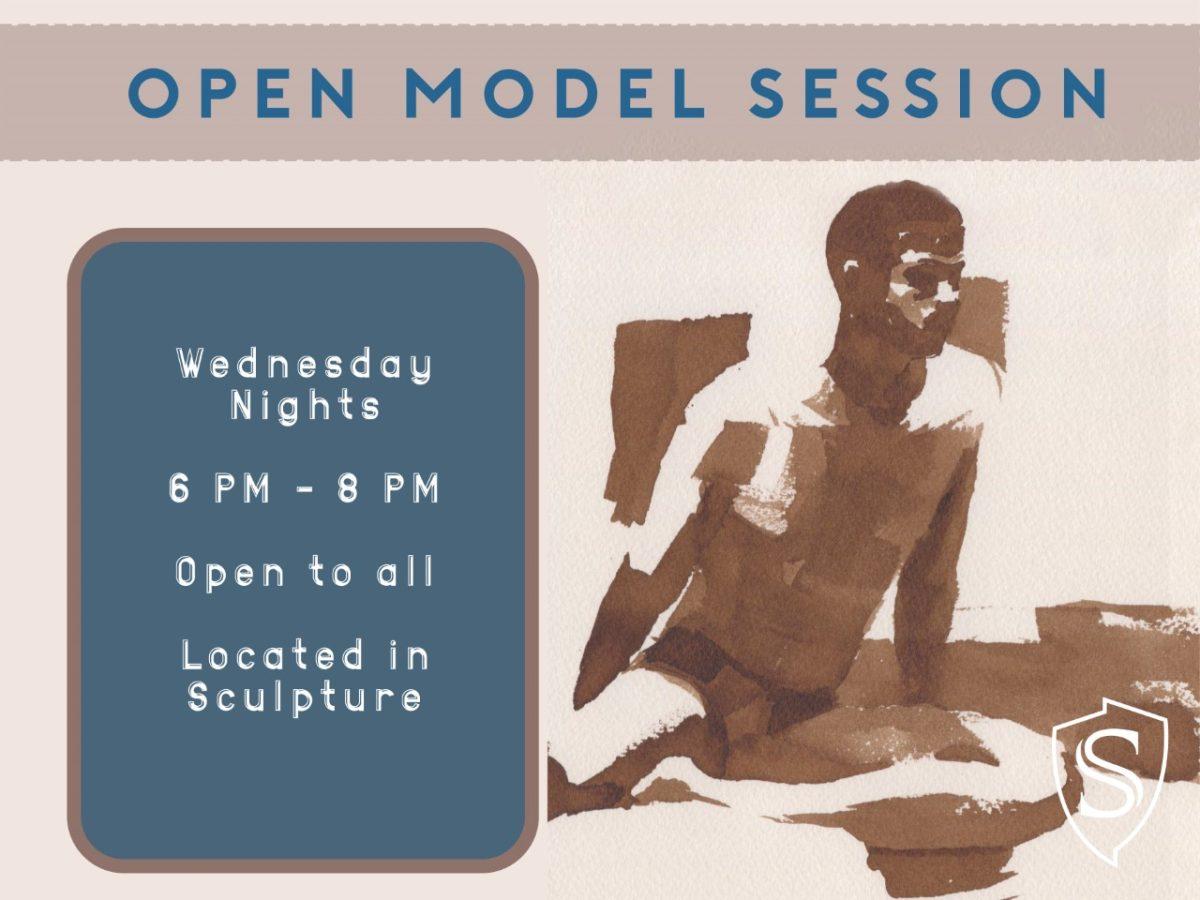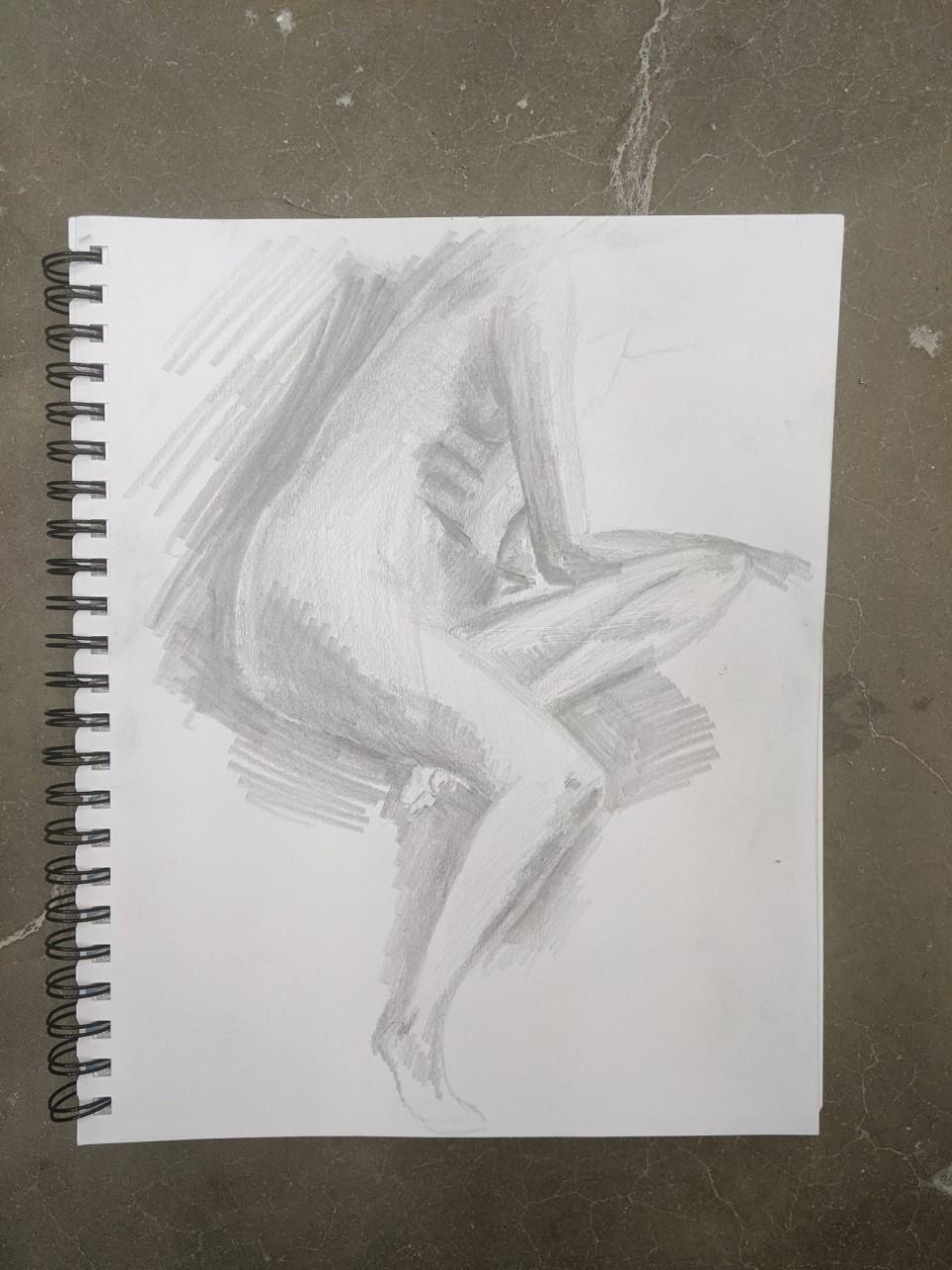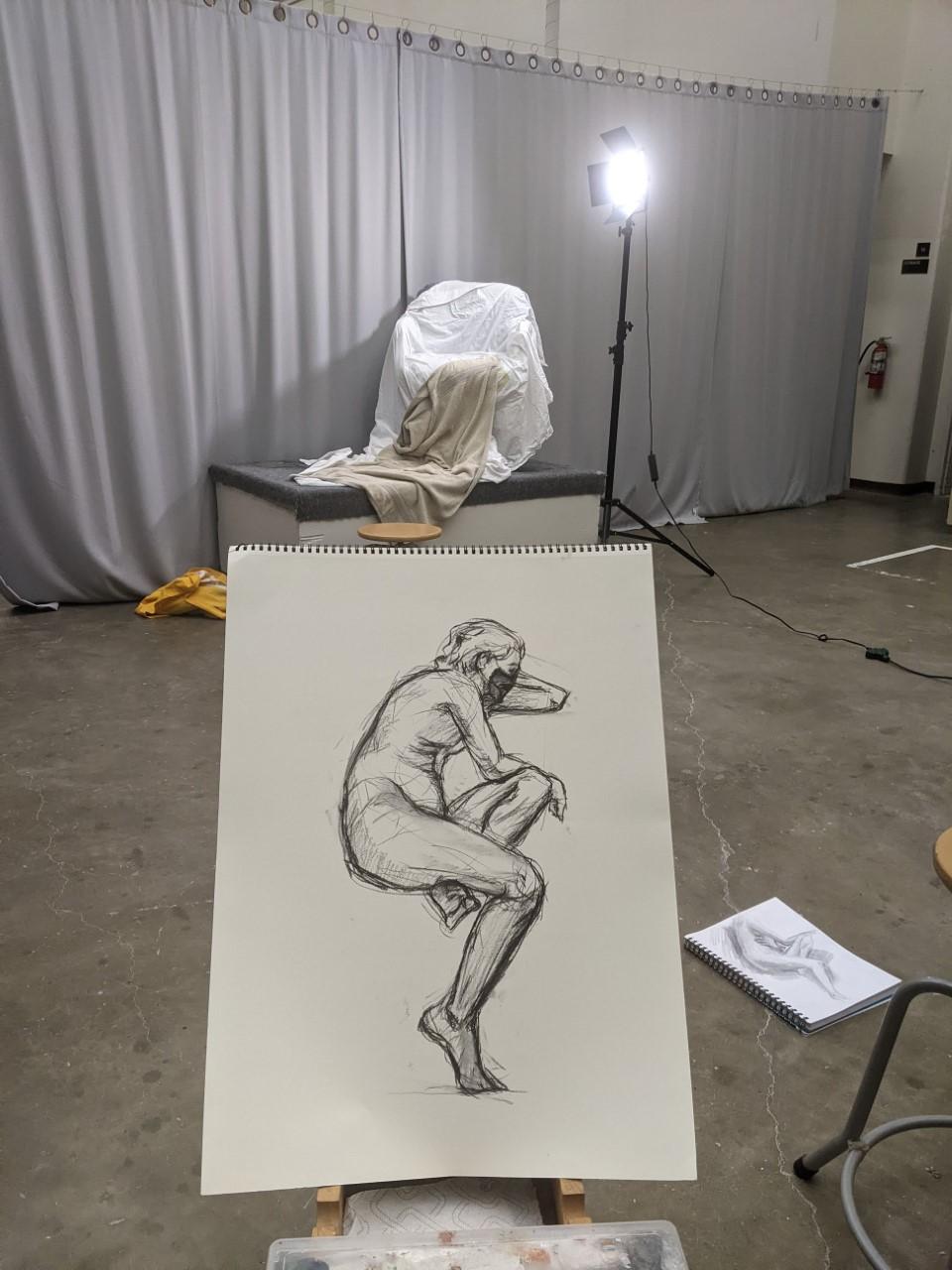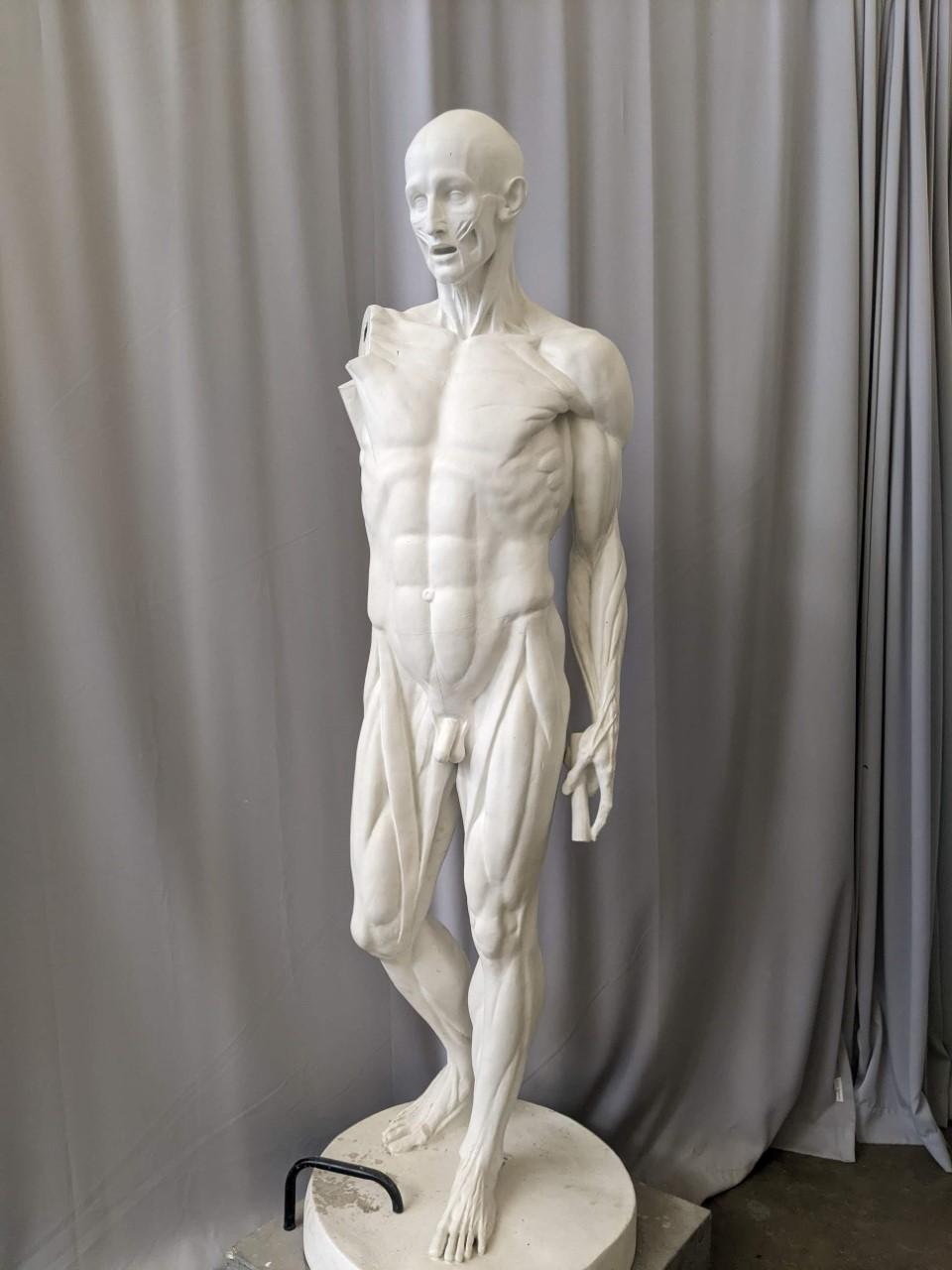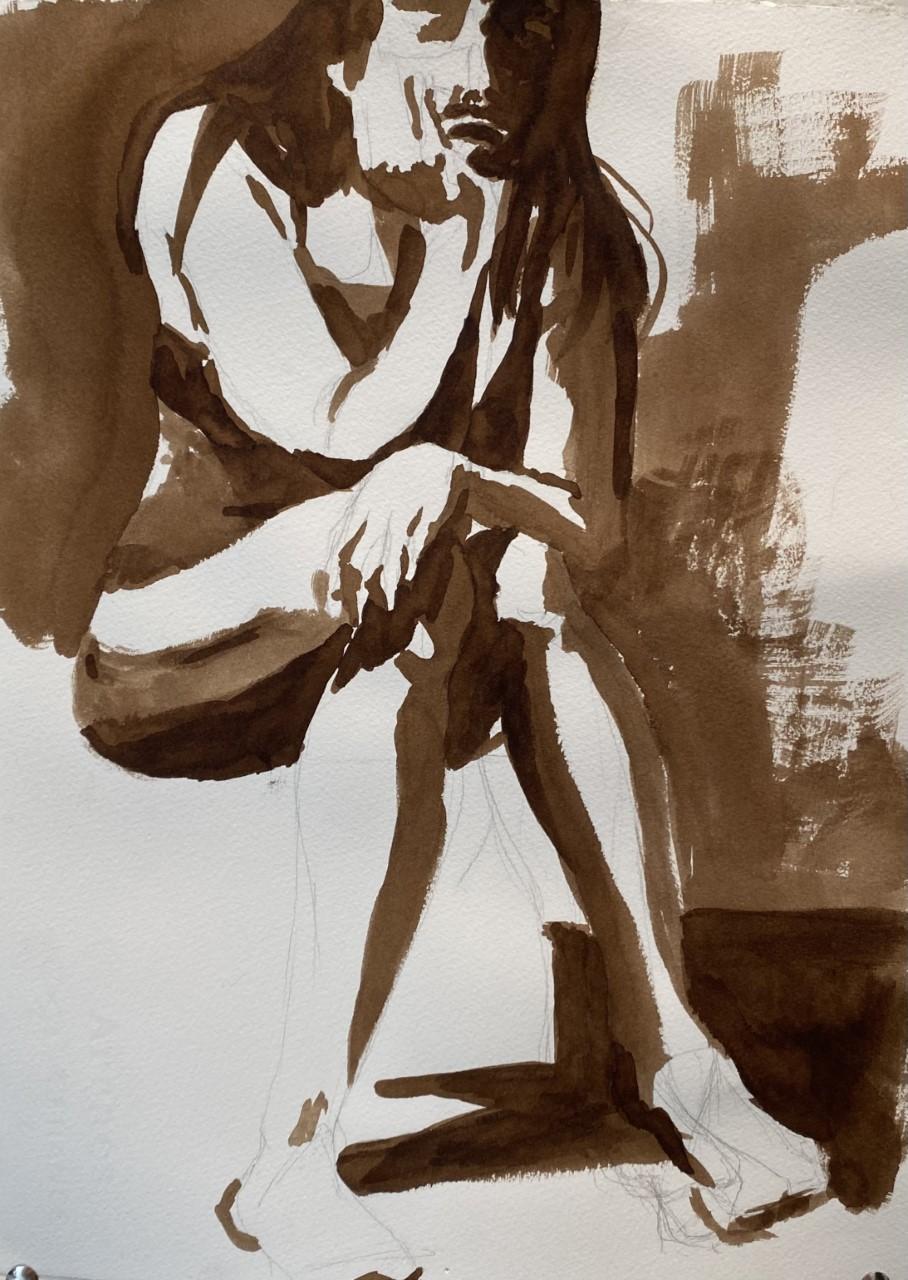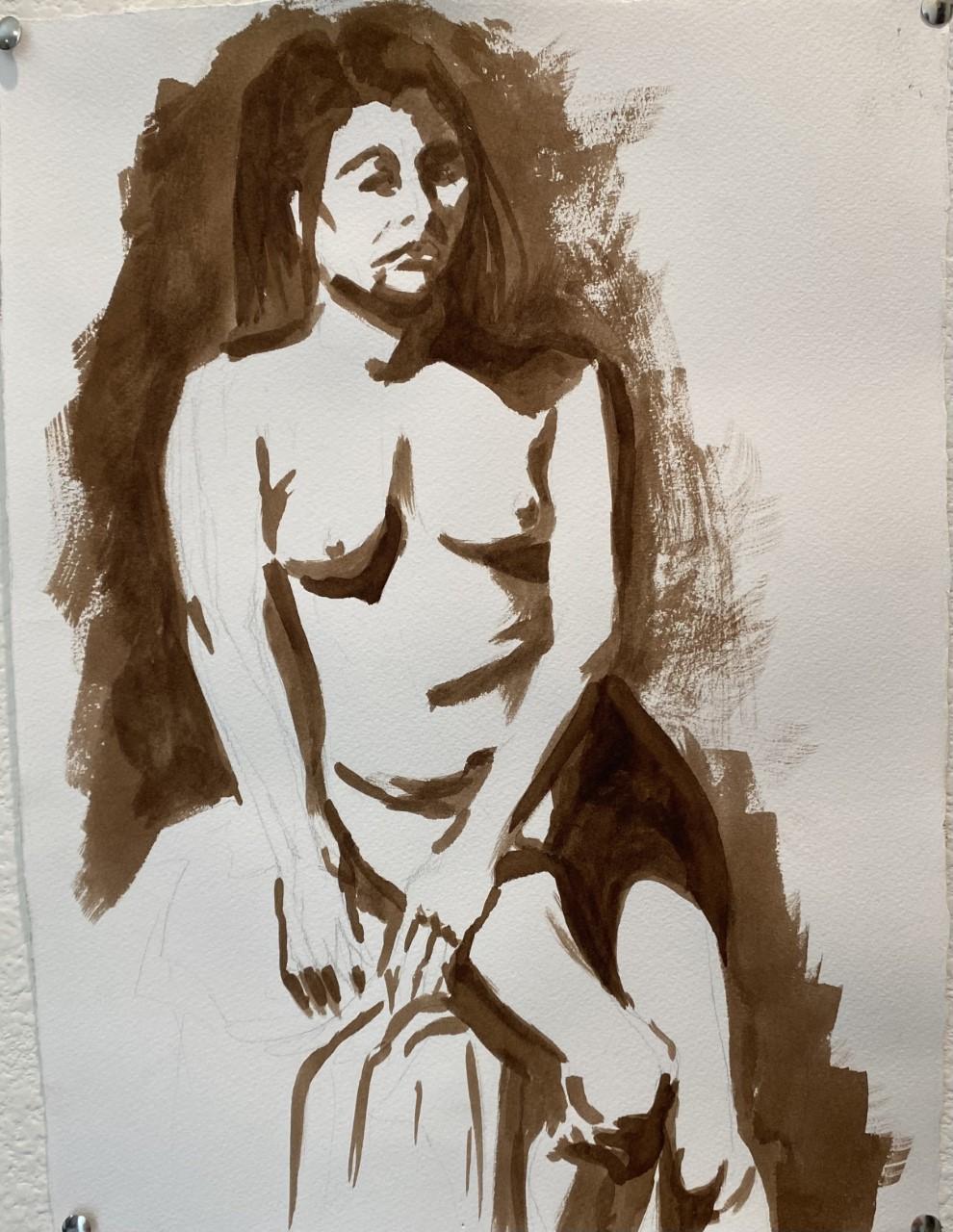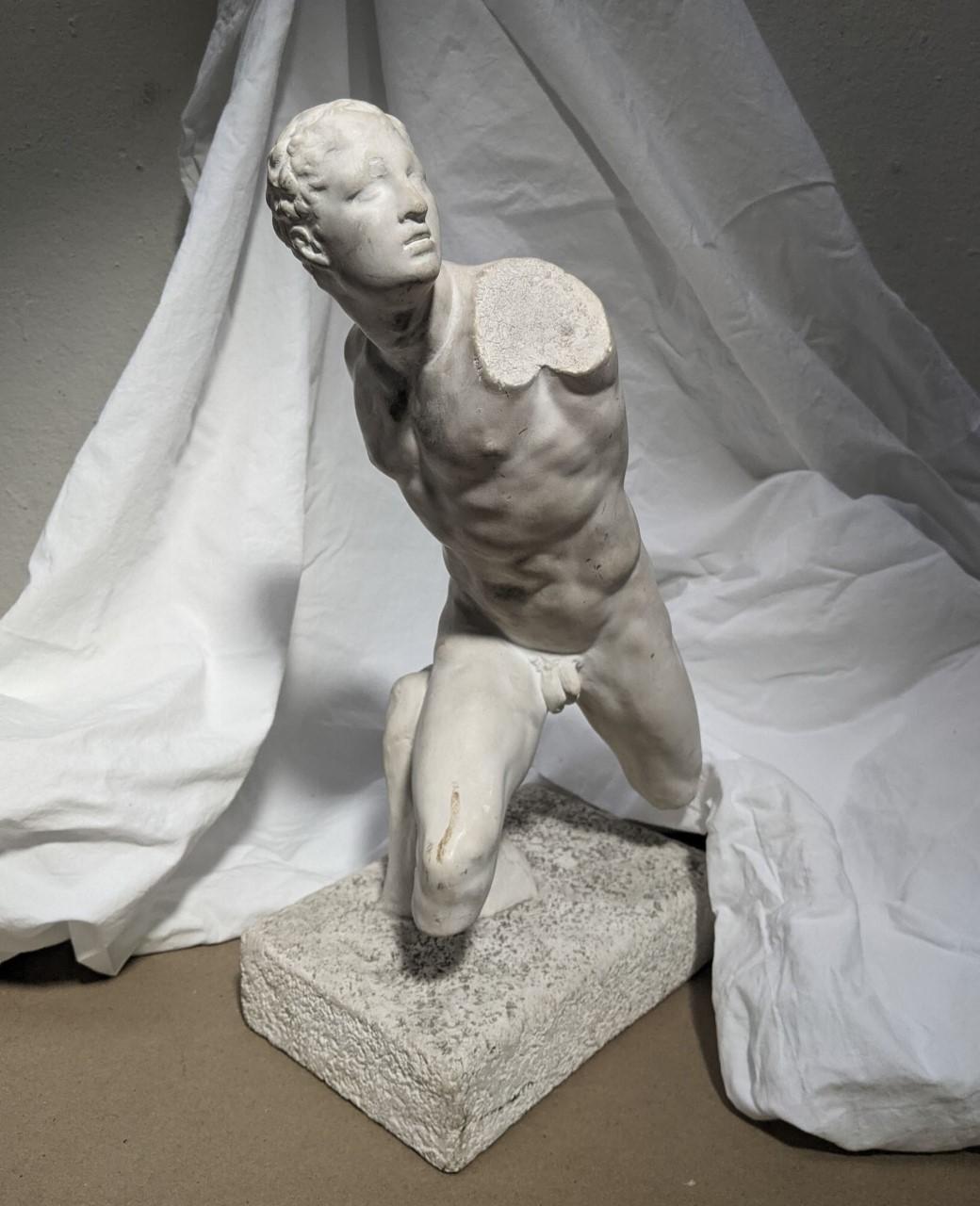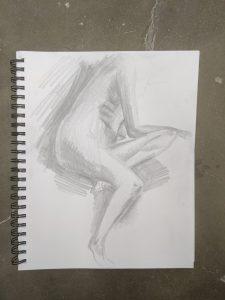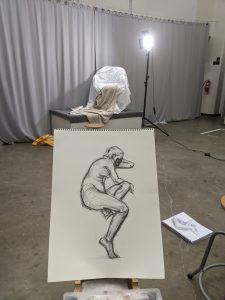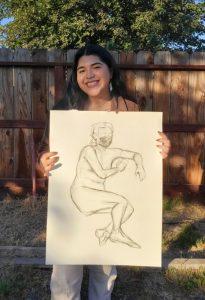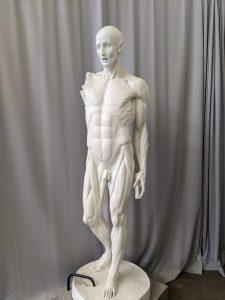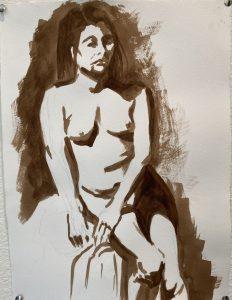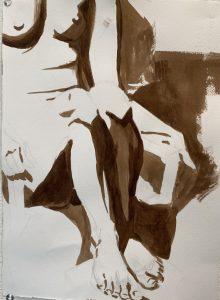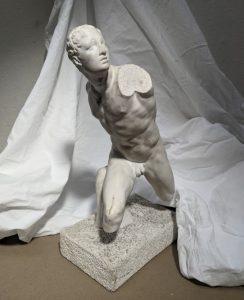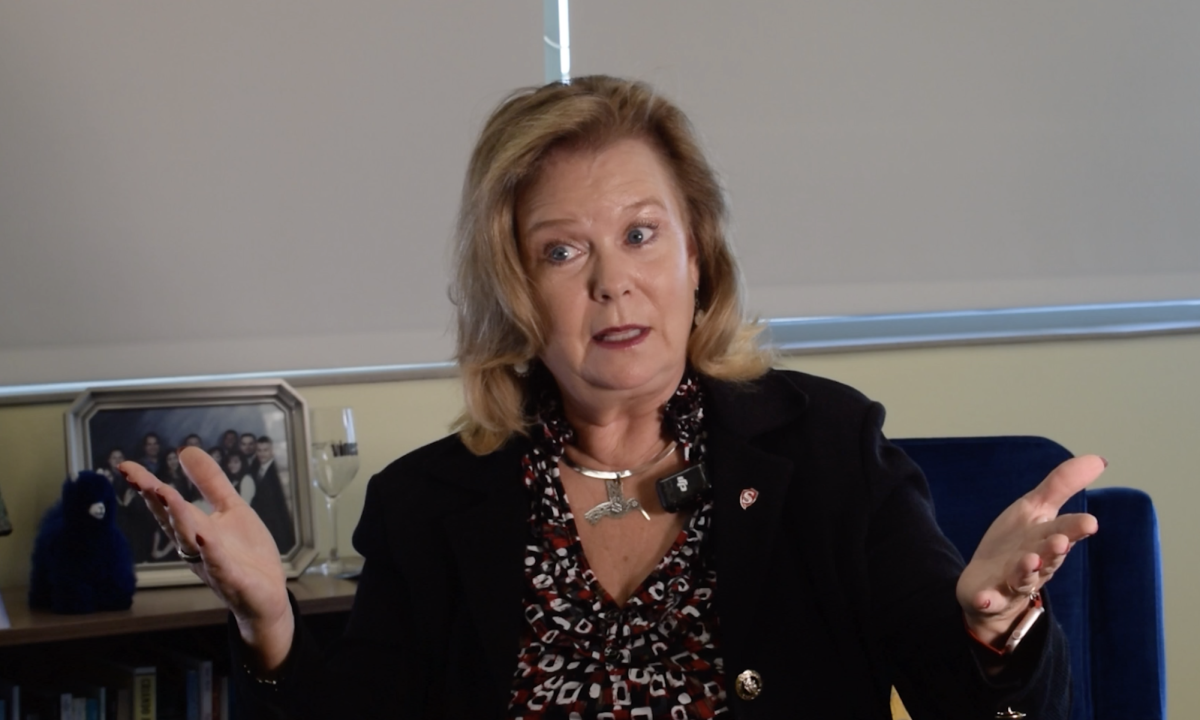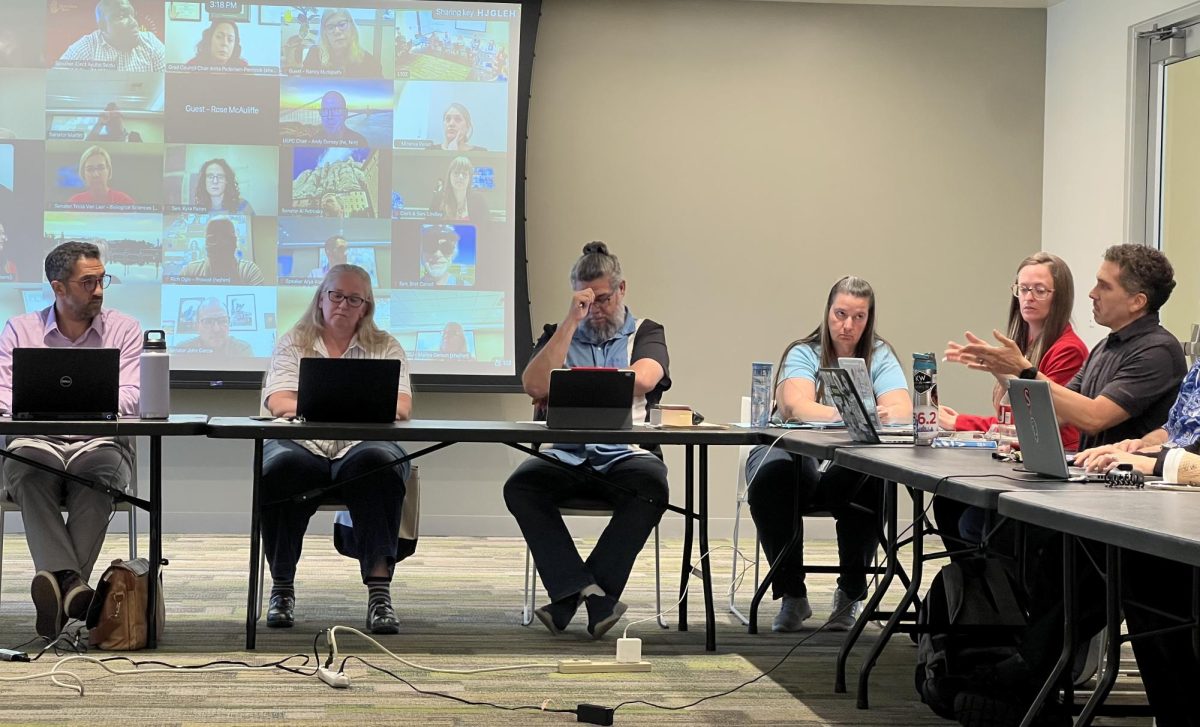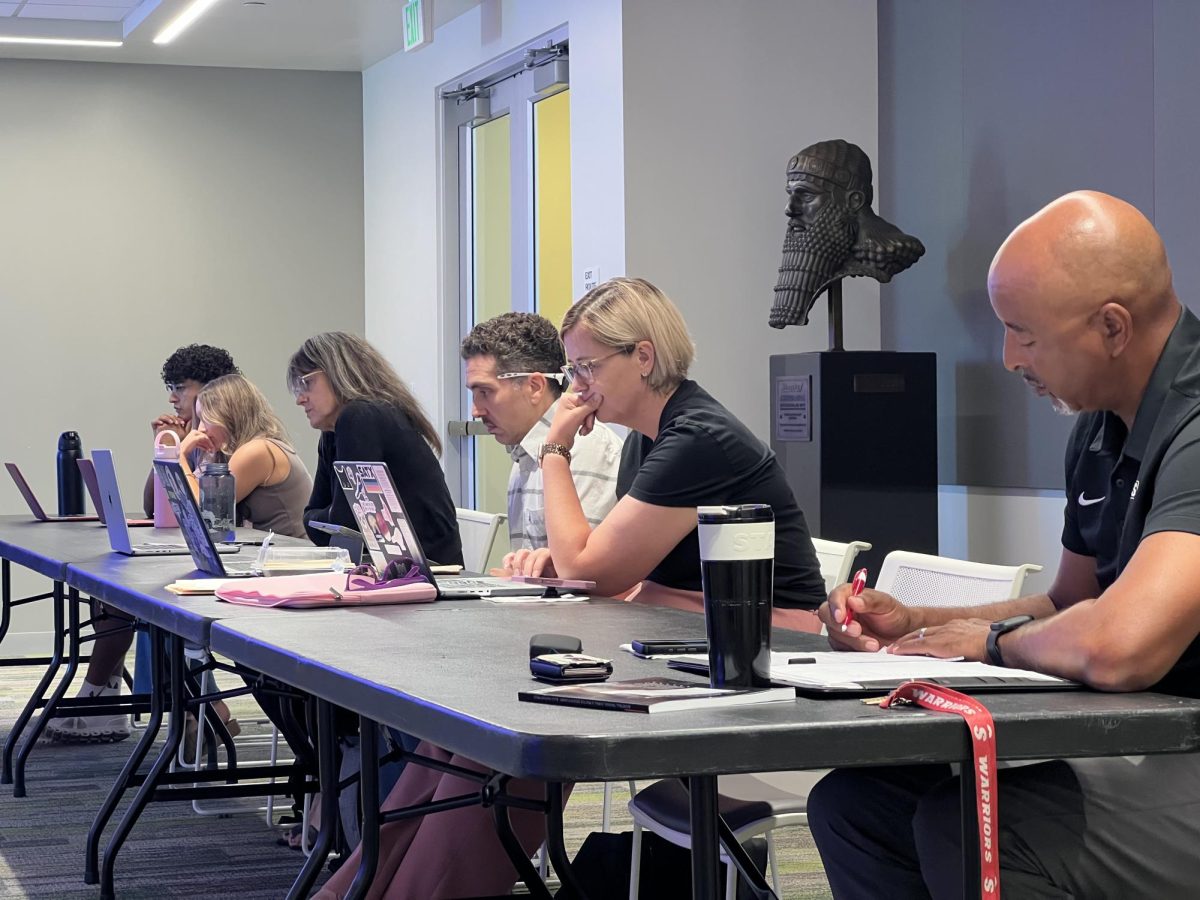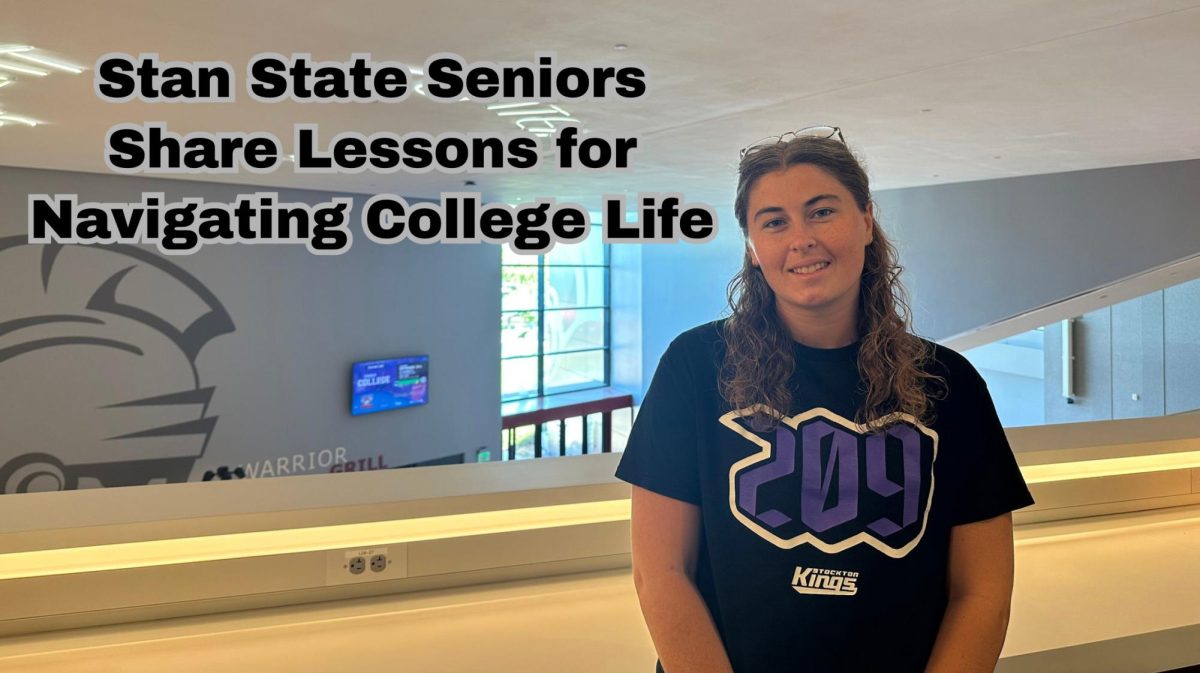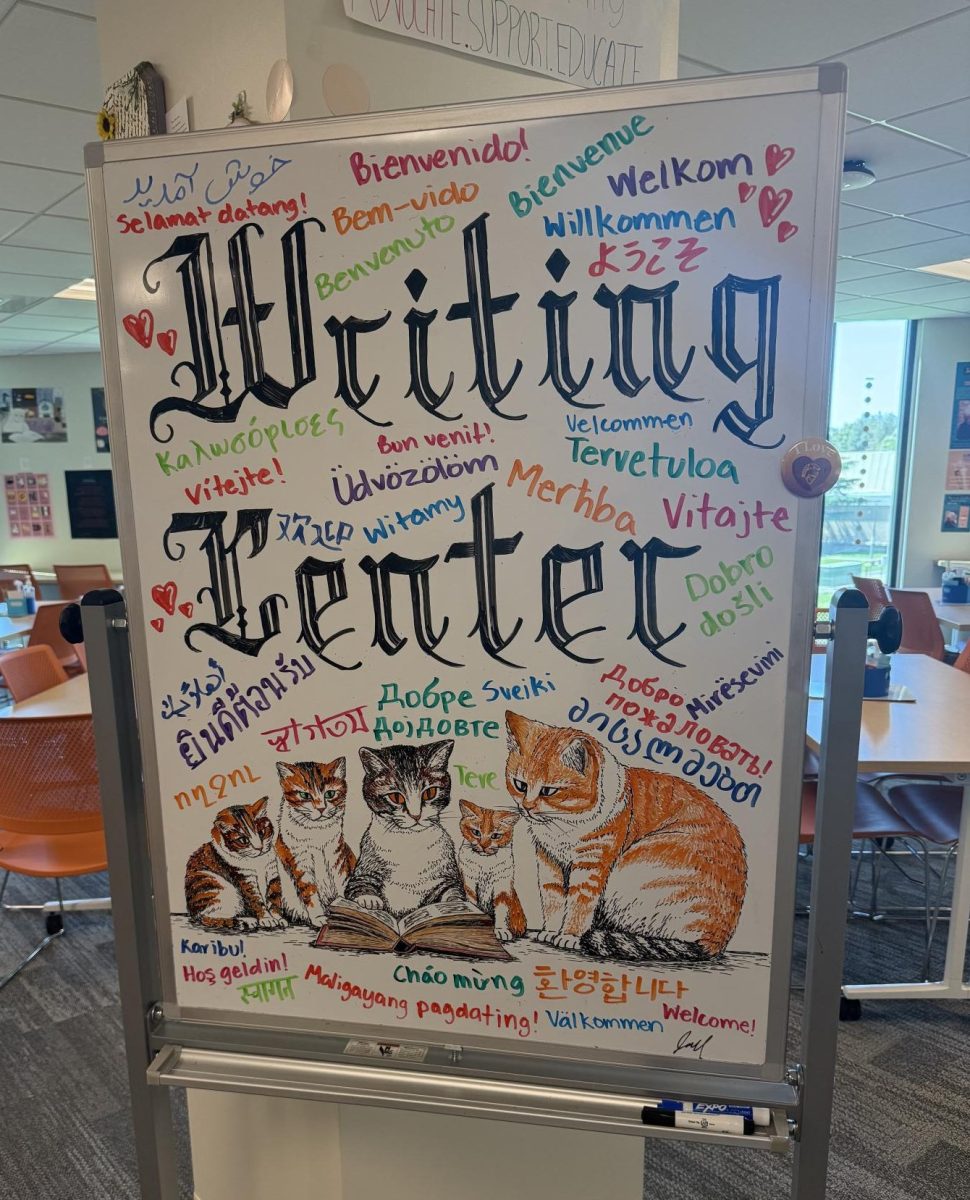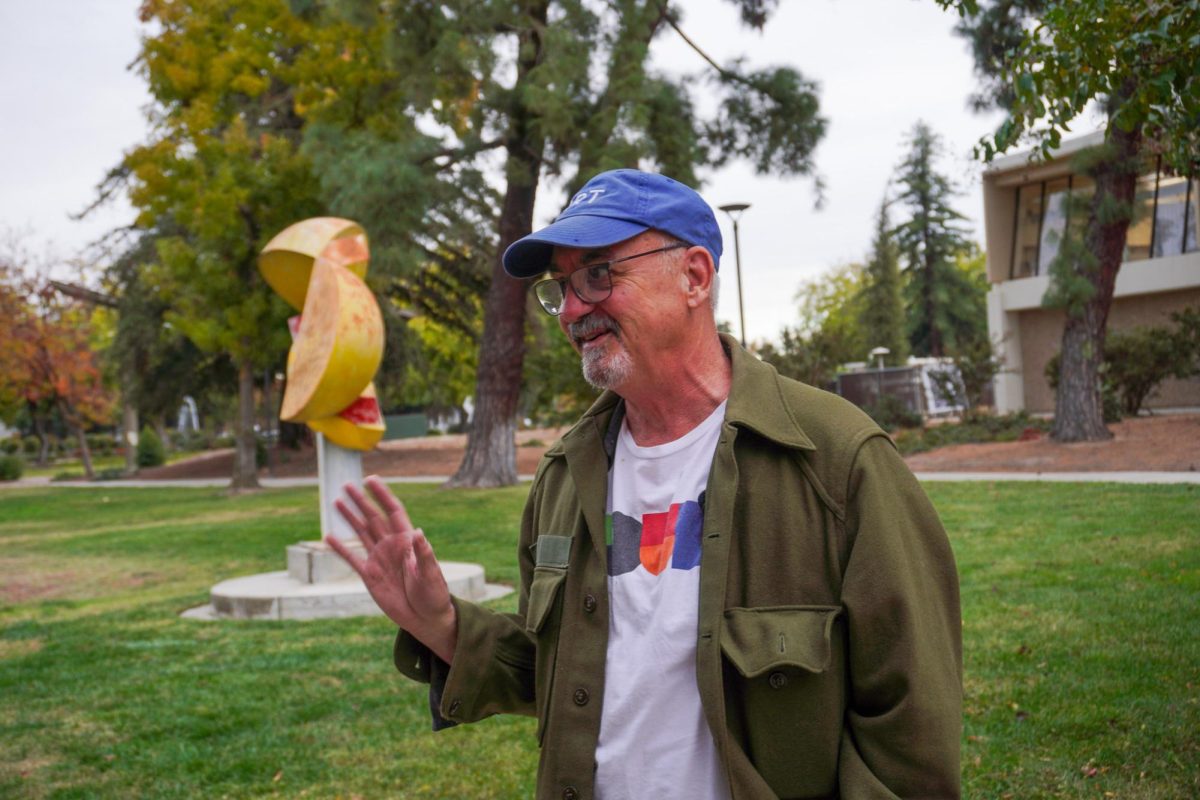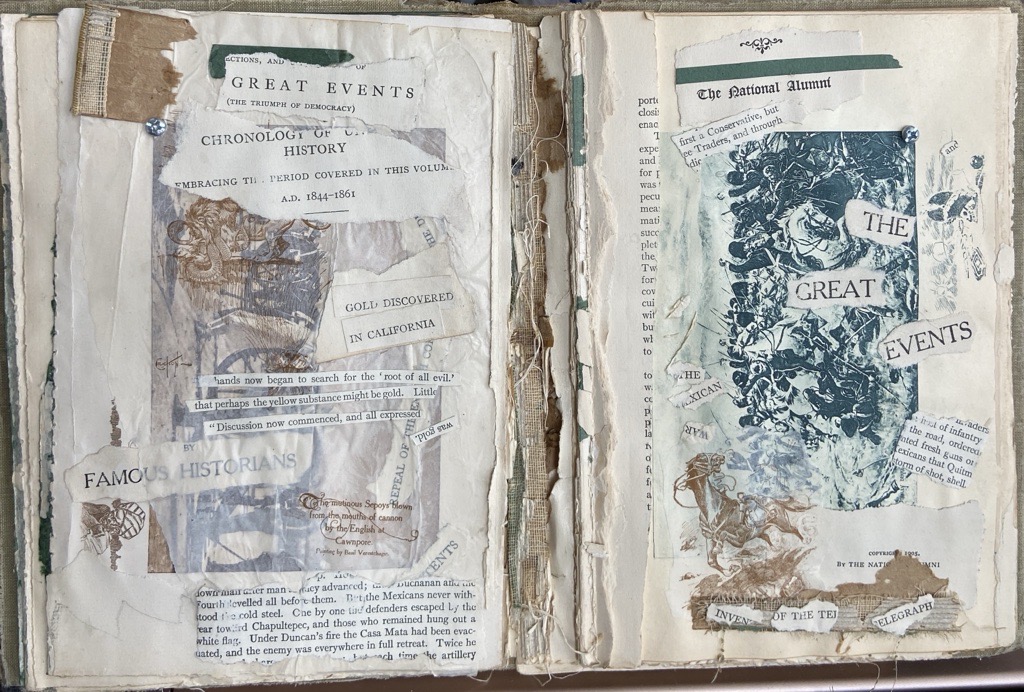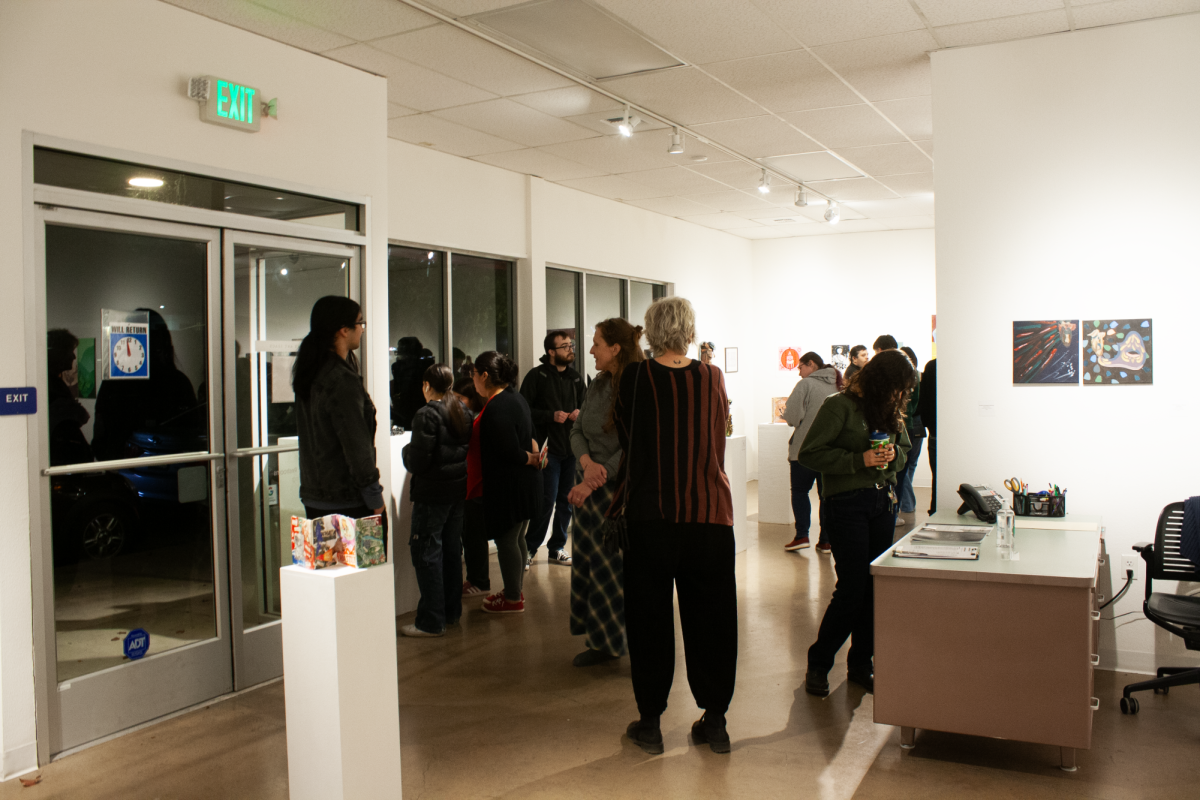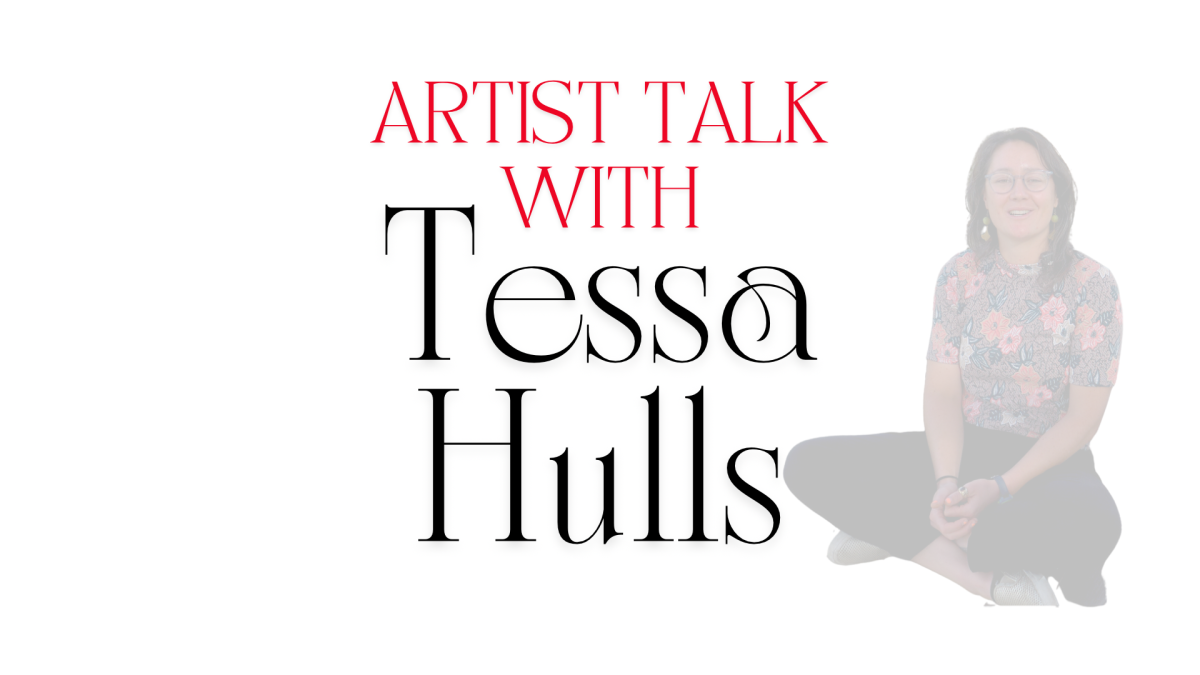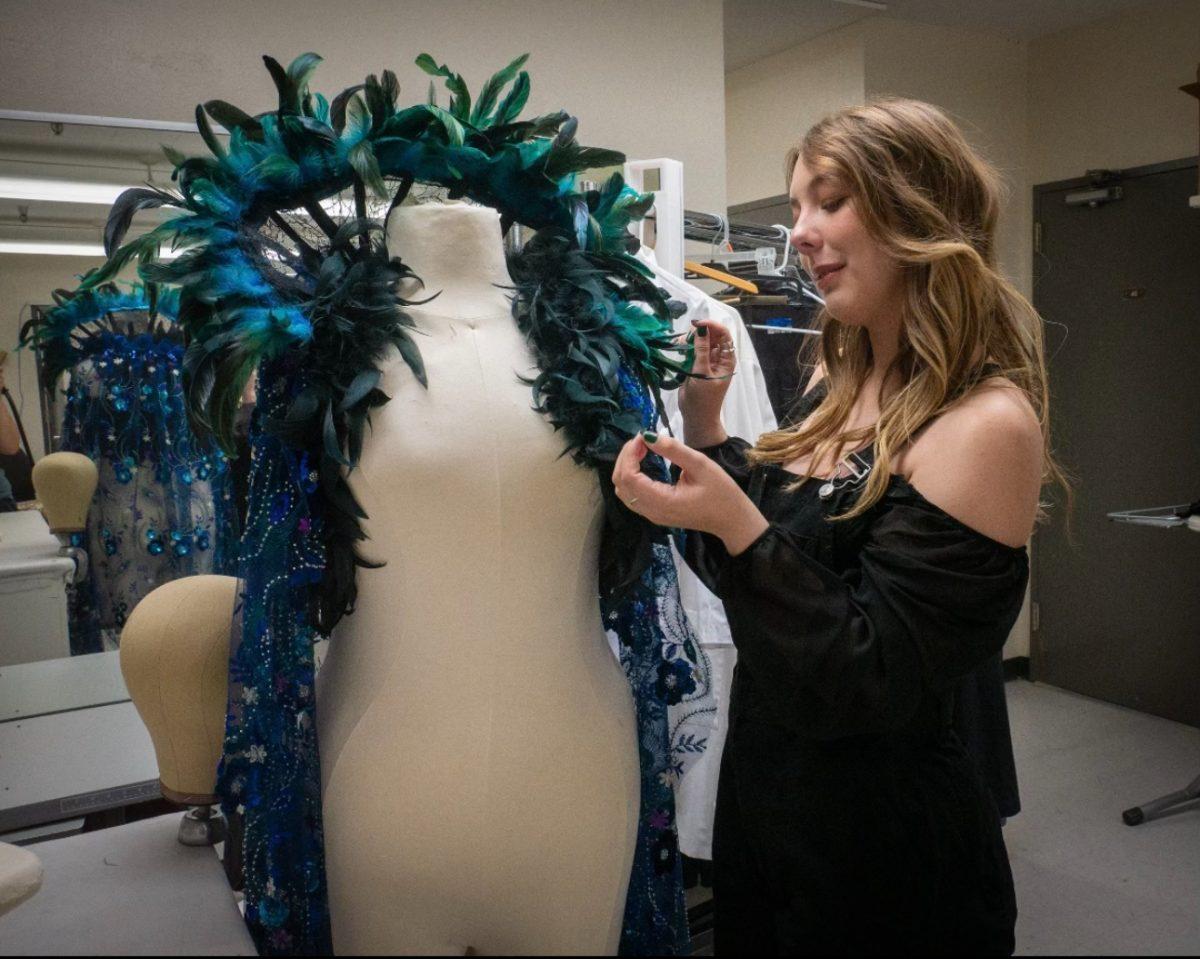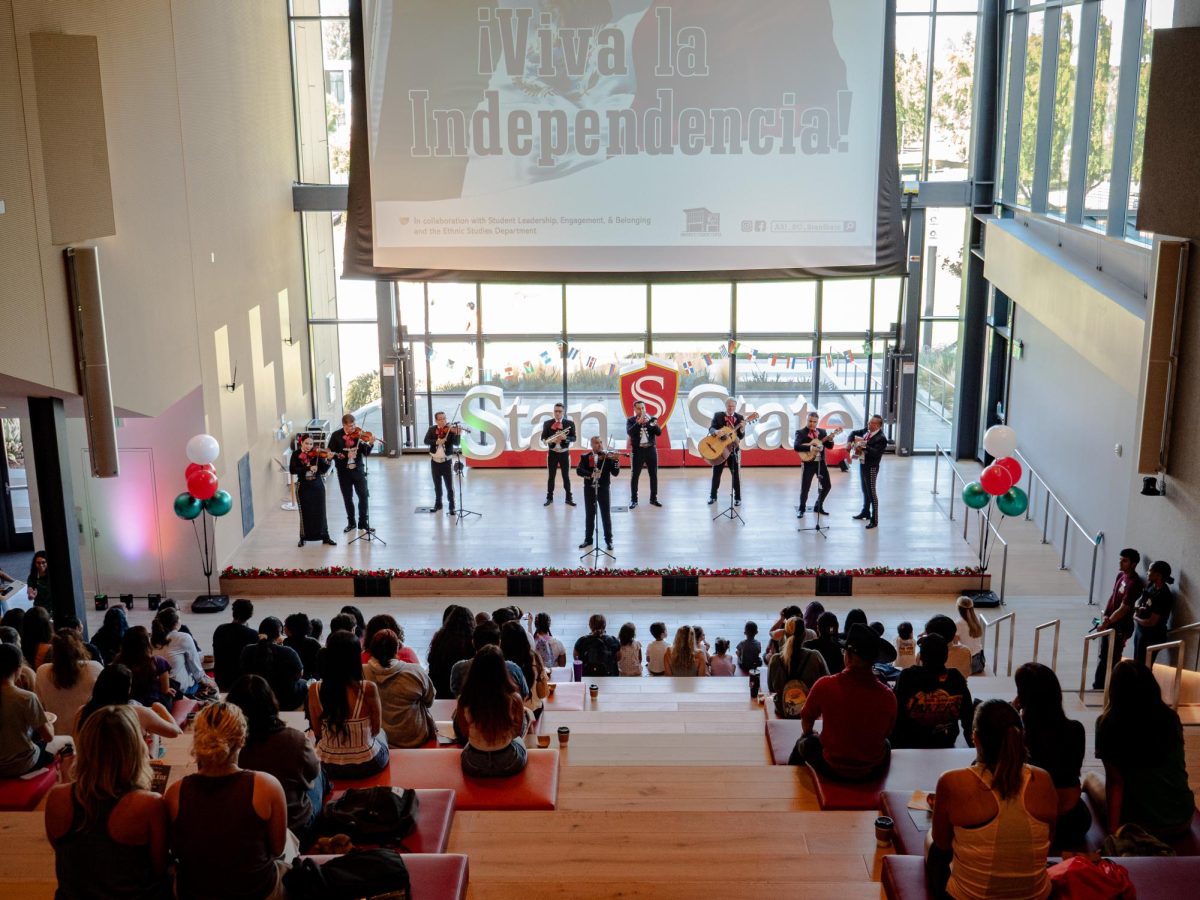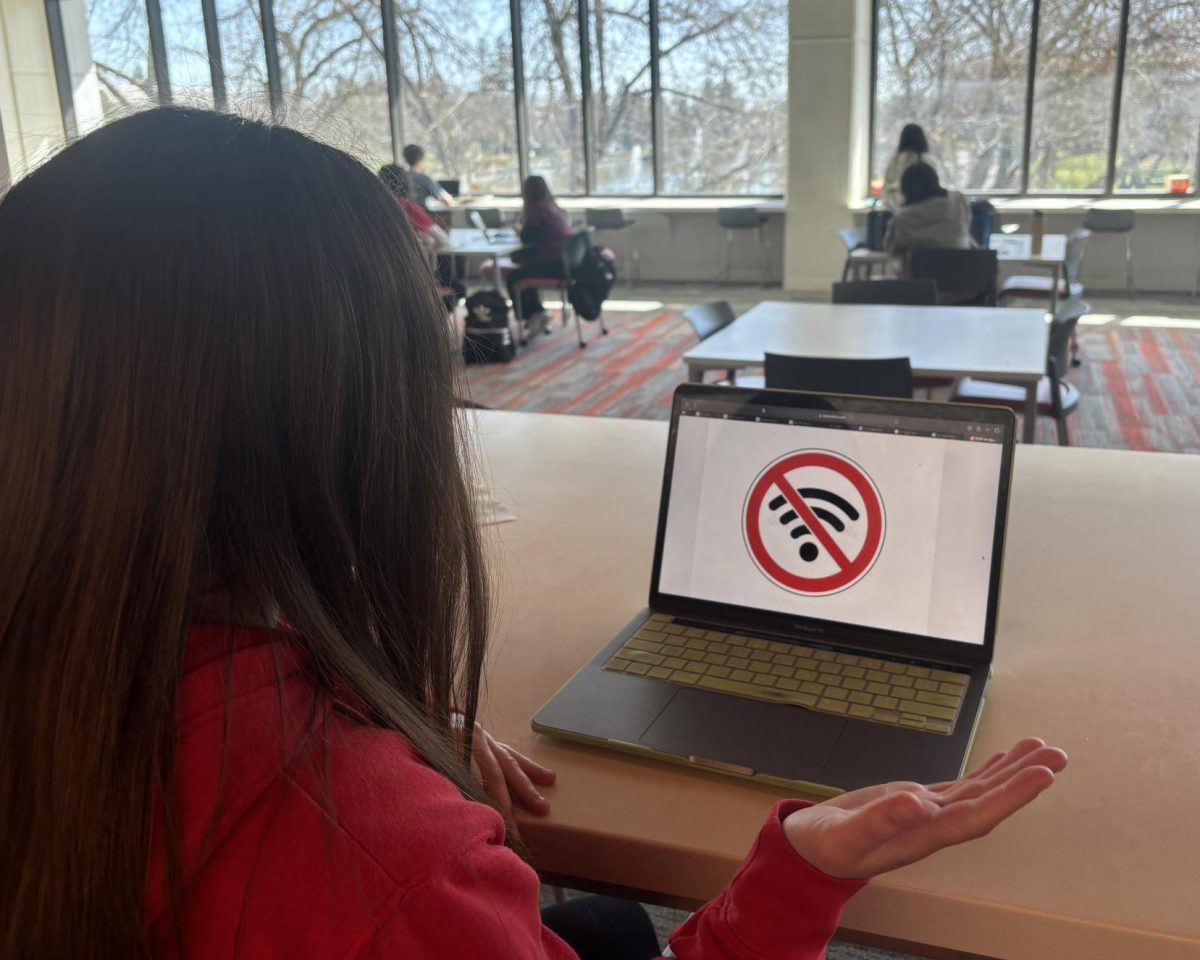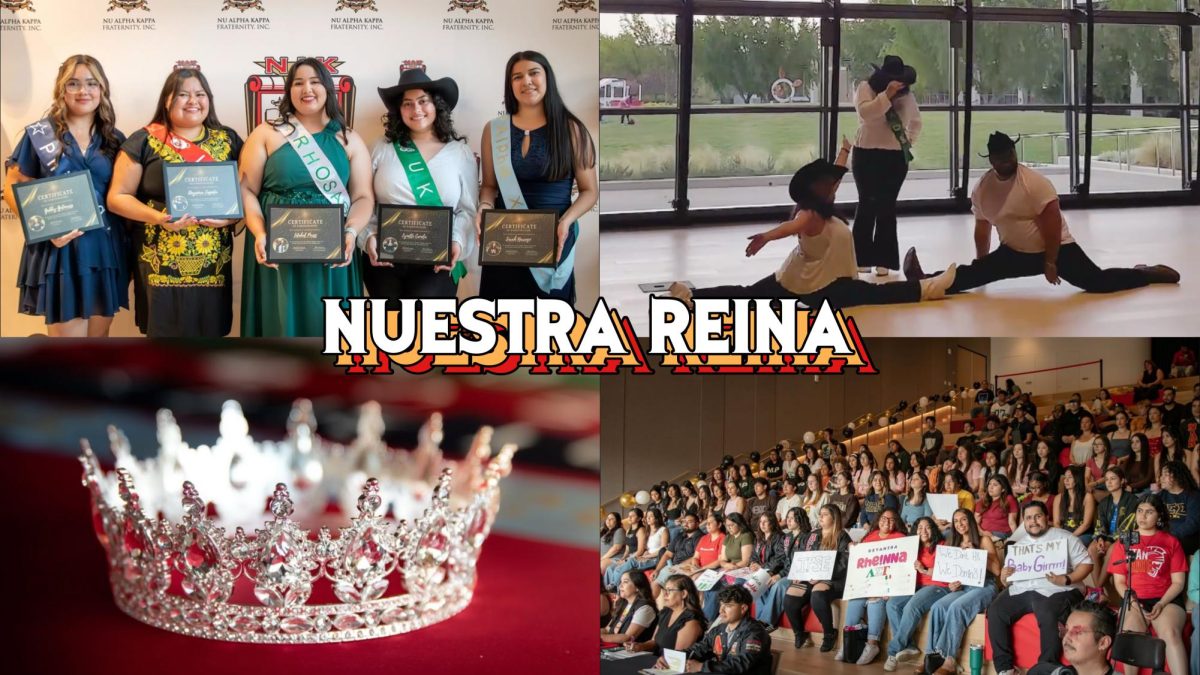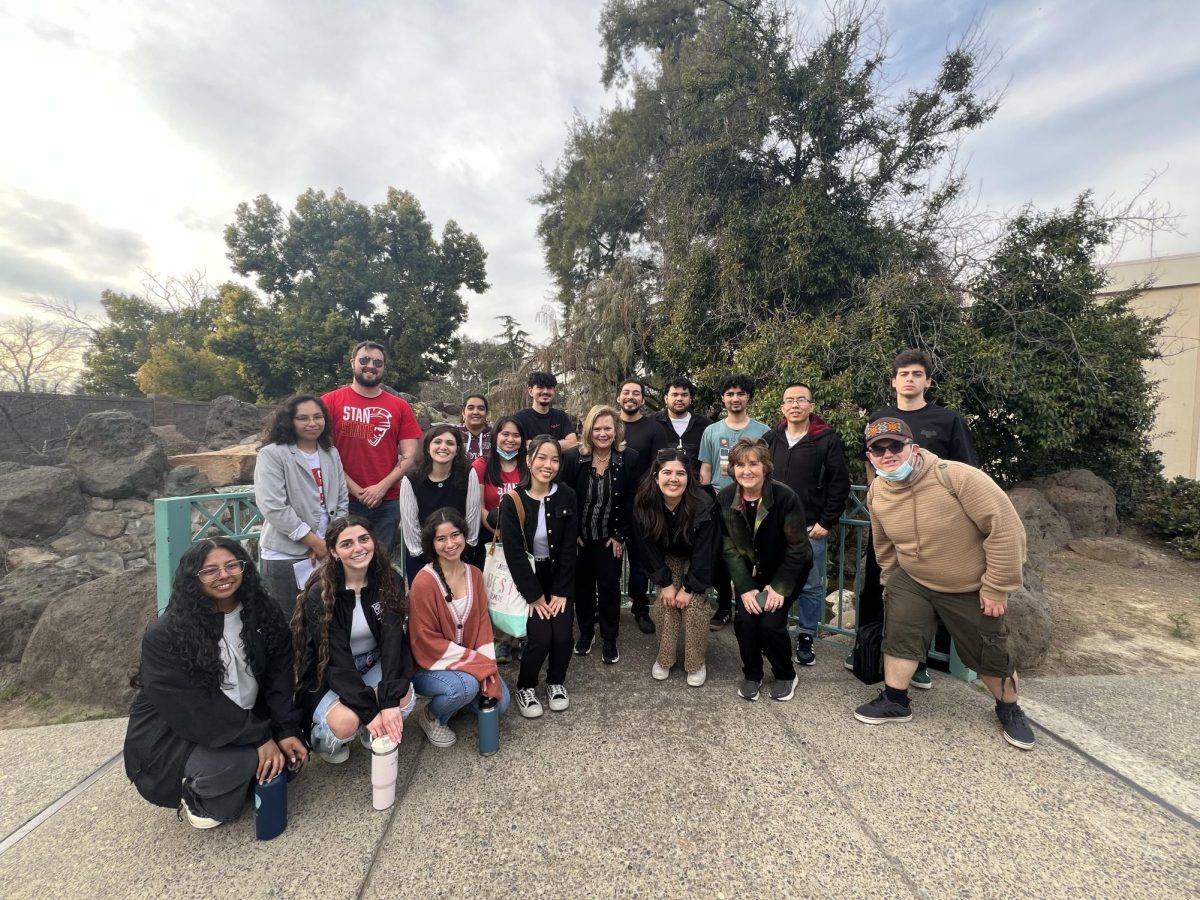Through the arts, students of CSU Stanislaus have developed skills such as grit, perspective, and growth, while attending open art sessions that the university has to offer. Essentially, students or community members come into the open art space to practice drawing not only what’s in front of them, but draw from their lives too.
These sessions are held every Wednesday night from 6-8 p.m. in the sculpture room during both the fall and spring semesters.
“Working from observation to translate a three-dimensional object into two-dimensional space … this gives the opportunity to practice that with a model in real-time, here, for free,” said Mirabel Wigon, an assistant professor at Stan State.
Wigon teaches the BA and BFA seminar courses as well as upper-division painting classes.
“A lot of students or people of the community are interested in drawing but they can’t draw from a model or someone who has had practice and time with prolonged sitting,” explained Wigon. “You can imagine, if you were to ask your friend to sit for you, they’d probably move a lot. Here, we have a professional model that’s completely still with no clothes on so you can actually see what’s happening.”
Wigon explained that clothes cover up a lot of things that are going on in anatomy and the opportunity to draw unclothed models allows students to work and actually incorporate their studies into future works. She added that knowing how a muscle works doesn’t necessarily give you the ability to draw. You need that practice in order to create from life.
Open art sessions allow students to indulge in the opportunity outside of class to strengthen those skills.
“When you have the model you’re able to see how to transcribe three-dimensions into two-dimensional space through sighting and measuring,” continued Wigon. “Essentially, students work a lot from photographs, but a photograph is one eye, it distorts things. But when you work from observation, you can figure out like, ‘oh, wow, this is actually bigger than this’.”
She said that everyone is welcome, you just beed to bring your own stuff.
“You come in with a sketchbook and a pencil, that’s all you really need,” Wigon said. “You can come and explore anything you want, as long as you ask the instructor if whatever materials you are bringing in are okay.
As for what those in the sessions can expect from it, Wigon explained that the models will hold a pose in a kind of classical, academic pose, which gives people a chance to figure out how to transcribe their position into their drawings.
“The model has two long-duration poses,” she said, “one for an hour each.”
Madeleine Guevara (senior, Psychology), a model for the sessions, said she wanted to grow more comfortable in her own skin.
“I felt like this was a good opportunity for me,” she said. “Being nude in front of students is not the hardest part, which most people think it is. Everyone makes me feel very comfortable. It’s a very professional environment.”
Guevara also shared about the impact the sessions have provided her, and how comfortable the environment is.
“Growing up, I had a lot of body image issues,” she said. “My worry was that those fears would become worse while taking this job. But in all reality, it has helped me for the better. I can look at a student’s work and say, oh my gosh, that’s me, and that’s really beautiful. As opposed to being self-critical as most women are when it comes to looking in a mirror.”
She said that looking at the various pieces of art produced in a session, each in different styles and perspectives, is her favorite part.
“This helps to not sexualize the human body,” Guevara said. “It’s a reminder to just view people as they are. Whether it be a celebrity, a friend, or a random person walking across the street, their body is just theirs. It’s nothing that should be sexualized.”
Lesley Villalobos (senior, Art), explains her artistic process and the many factors that contribute to creating a personal piece. Raised in Mexico, her Hispanic culture impacts her artistic choices as an artist.
“While painting I tend to use vibrant colors, which is something I do unconsciously,” she said. “To create, I feel most inspired anywhere outside my house. Once I get home, my brain categorizes it as a resting place.”
Villalobos opened up about essential muses that play a key role in her artwork and the things that are important to her as she’s creating her work.
“For example, last semester I touched on body dysmorphia, I did a series of work,” she said. “When I’m stressed or feeling any emotion I notice that I invoke that in my art. And my professor even commented and said that I tend to glorify the human body. Because to me, human bodies are pretty.”
Villalobos eagerly encourages any students or community members who are shy to step out and break that barrier.
“Attending the art sessions, my hands have learned the movements,” she said. “Having professors there, they guide me when I’m stuck or have general questions. It’s a very welcoming environment and when you’re learning it’s good to see everything.”
The art department advises any students or community members who are interested in attending to come early. There are no photographs allowed and it’s stated to respect what a model can or cannot do. The space has been created to be safe.
Art provides unbridled play. It gives individuals the opportunity to try to make sense of an exterior world along with their interior experiences. It is an avenue that makes the invisible, visible. Art is anything but linear, and learning foundational, formal building skills can give you the tools to achieve any goal.
Open Art Sessions Offer Artists a Unique Experience
Natalie Villanueva
•
October 27, 2022
0
Donate to Signal
Your donation will support the student journalists of California State University, Stanislaus. Your contribution will allow us to purchase equipment and cover our annual website hosting costs.
More to Discover

